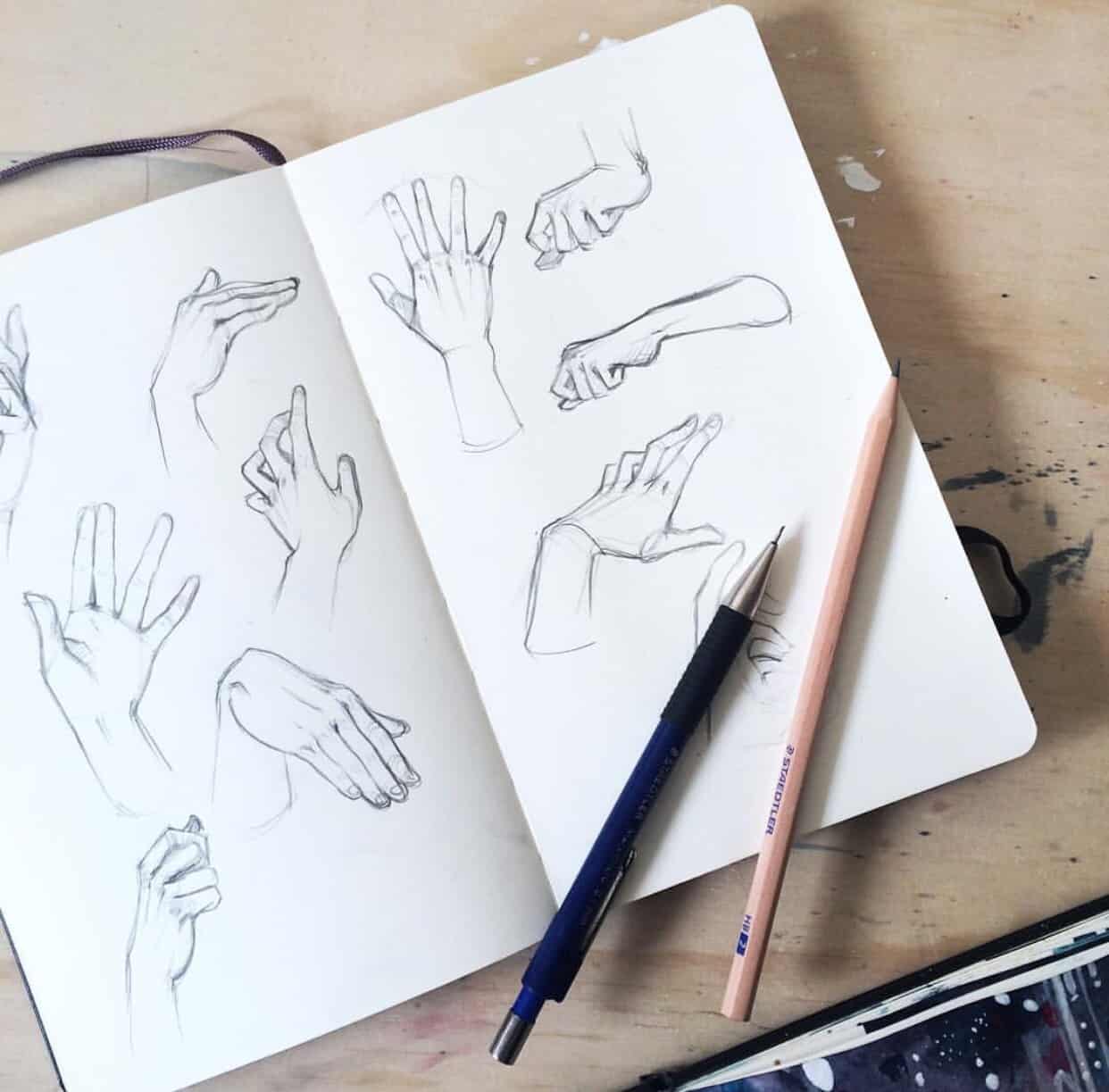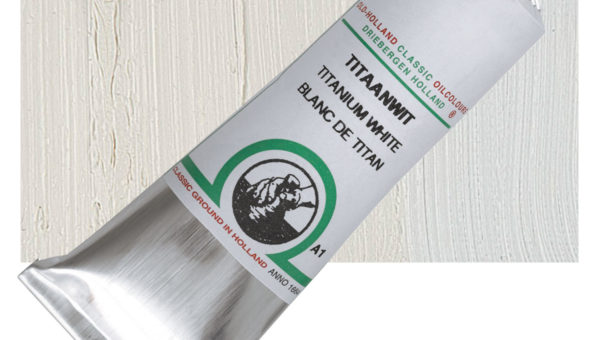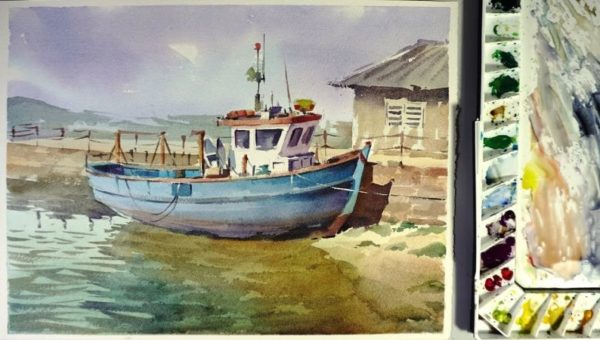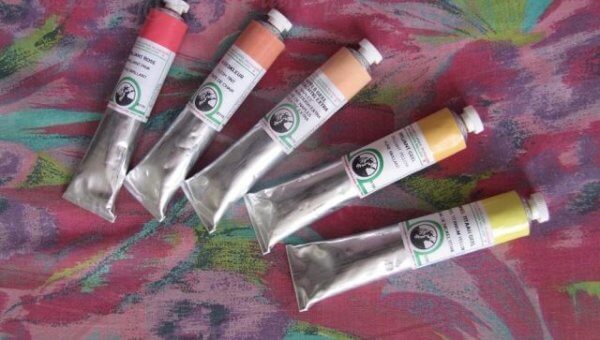
10 tips for improving your drawing skills
You might be very good at draughtsmanship, but talent on its own is often not enough. It is essential to hone your technique, and that takes a lot of practice and dedication. The good news is that there are plenty of ways to improve your artistic skills.
Make pictures out of shapes
Drawing shapes might seem too simple a task for someone who already has a well-developed hand. For everyone else, though, it is worthwhile starting with the fundamentals: practice drawing spheres, pyramids, parallelepipeds, cylinders and cones. The secret is that at the core of these shapes lie the basic forms of any drawing.
Draw chiaroscuro (light and shade)
Chiaroscuro depends on the shape of an object and the extent to which the space is lit. If you are doing simple pencil drawings, use softer pencils, with numbers from 3B to 9B, to do the shade, and when delineating the areas of light, in contrast, use harder pencils in the H range.
Spend more time drawing from nature
This is a core principle for anyone who wants to develop their artistic skills. Drawing from nature will help you become more observant, more attentive and, most importantly of all, it will help you develop an accurate eye.

Learn to paint in all the details
The details can sometimes say far more than the picture itself. That doesn’t mean that you should get hung up about replicating all the details with accuracy; the picture will be an authentic work in its own right. Nonetheless, try to put particular emphasis on something: if you’re painting a large mass of flowers, paint some of them in particular detail; if you’re painting some greenery, paint in the detail around the edges.
Keep everything in proportion
The best way to paint pictures that are true to life is to try to keep the real-life proportions of the subject of the painting. To do this, remember this simple but clever little tip: to measure the scale of an object and the ratio between its length and width when constructing a picture, use a pencil in your outstretched hand.
Paint large-scale compositions
If you want to achieve something greater than the ability to paint a still life made up of two or three objects, or a very simple landscape with a flower sticking out, start setting yourself more difficult tasks. Try to paint a complex, multifaceted landscape or some images of urban life that have people in them.
Paint people and animals in motion
Naturally, it is far easier to convey an image of a static object than it is to depict a moving object. Try, though, to start painting shapes that convey an object’s movement. And movement doesn’t just mean walking. Add a range of different activities into the mix – from washing the dishes to gulping down a cup of coffee in the evening.
Work with a variety of techniques
There’s no sense in getting hung up about the same old technique all the time. Try to diversify your skills and give yourself the freedom to enjoy trying to paint something new, whether it’s materials you haven’t tried before or aren’t accustomed to, or a completely different method of depicting something. Do you normally draw with simple pencils? Try using charcoal or a gel-based pen. Are you used to using watercolours? Try using gouache or oil paints.
Study anatomy
Yes, it’s true: anatomy doesn’t just matter to medical students, it’s important for artists too. To draw a realistic picture of a person and a human body part, you need to know the peculiarities of the human skeleton and how the muscles are arranged. You can buy special books about anatomical drawings, where, in addition to pictures of the human body, you’ll find a schematic analysis of various animals’ anatomies.
Develop your hand
To master the accurate coordination of your movements when drawing, a lot of practice is required, but you may be pleasantly surprised by the results. To practise, all you’ll need is a pencil and a piece of paper. Do some shading and draw simple and complex lines: that will be more than enough for your hand to start drawing with confidence.






